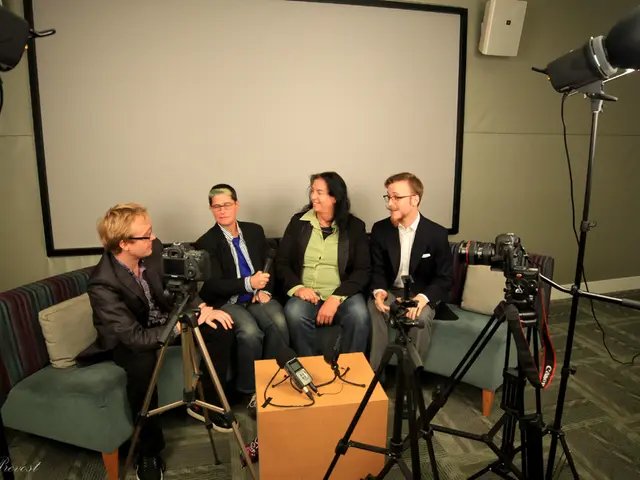Optimizing Red Light Therapy: Practical Guidelines for Maximum Benefit
Embarking on a red light therapy journey can be an exciting and transformative experience. This innovative therapy, often associated with pain relief and skin rejuvenation, has the potential to reveal novel facets of wellness.
To make the most of your red light therapy sessions, it's important to trust your instincts. If something doesn't feel right, adjust your approach. Prioritise self-care and create a schedule for regular sessions, ideally a few times each week.
Consider keeping a journal to track your sessions and note how you feel afterwards. This can help you understand the benefits and optimise your experience. Embracing intuition during red light therapy allows for a personalised wellness strategy.
When selecting a red light therapy device, evaluate comfort and usability. Look for medically-approved devices with established effectiveness. It's also crucial to consider the wavelength, with the best wavelengths generally falling between 630 to 680 nanometers for stimulating collagen production and targeting superficial skin layers, and around 660 nm for skin health benefits. Near-infrared wavelengths between 800 and 900 nm penetrate deeper into tissues, muscles, and joints and support muscle recovery, pain relief, and cellular repair.
For optimal benefits, red light therapy should be applied as follows:
- Frequency: Use red light therapy 3 to 5 times per week.
- Duration: Each treatment session should last 10 to 20 minutes per targeted area.
- Consistency: Regular sessions are key to boosting collagen, reducing signs of aging, repairing cells, improving skin texture, and aiding muscle recovery.
- Device Choice: Use devices that emit clinically supported wavelengths (commonly around 630-680 nm for skin and 800-900 nm for deeper penetration). Some devices combine red and near-infrared light to target both superficial and deep tissues for comprehensive effects.
- Application areas: For skin benefits, apply to face and neck. For muscle/joint pain or recovery, apply after workouts to affected areas.
This regimen is supported by clinical studies demonstrating photobiomodulation—where certain light wavelengths affect cellular function to promote healing, collagen synthesis, and reduce oxidative stress.
Adding red light therapy to your wellness toolkit is an enlightening experience, both literally and metaphorically. However, if uncertain about best practices, consult with professionals.
Pair your red light therapy sessions with meditation or deep breathing exercises for added benefits. Red light therapy can lead to a profound reconnection with one's inner self, making it an adventure worthy of exploration. Every moment spent under red light therapy facilitates physical renewal, making it an essential addition to your self-care routine.
[1] Best wavelengths red light therapy [2] [3] [4] [5] Clinical studies on red light therapy benefits and mechanisms
- Red light therapy can be an exciting and transformative journey, not just for beauty and fashion reasons, but also for health-and-wellness benefits such as pain relief and skin rejuvenation.
- Incorporating red light therapy into your lifestyle can reveal novel facets of wellness, and it's important to follow a schedule for regular sessions to optimize your experience.
- When selecting a red light therapy device, consider factors like comfort, usability, and the device's ability to emit clinically supported wavelengths for specific applications.
- For skin benefits, use devices that emit wavelengths around 630-680 nm, and for deeper penetration and muscle recovery, consider near-infrared wavelengths between 800 and 900 nm.
- Make red light therapy a part of your personal growth and self-development by pairing it with practices like meditation and deep breathing exercises for added benefits.
- To ensure you're getting the most out of your sessions, and for guidance on best practices, consult with professionals in the fields of science, technology, and education-and-self-development.
- Embracing red light therapy as a part of your lifestyle can lead to a deeper understanding of your inner self, making it a journey of self-discovery and a worthwhile addition to your home-and-garden sanctuary.








